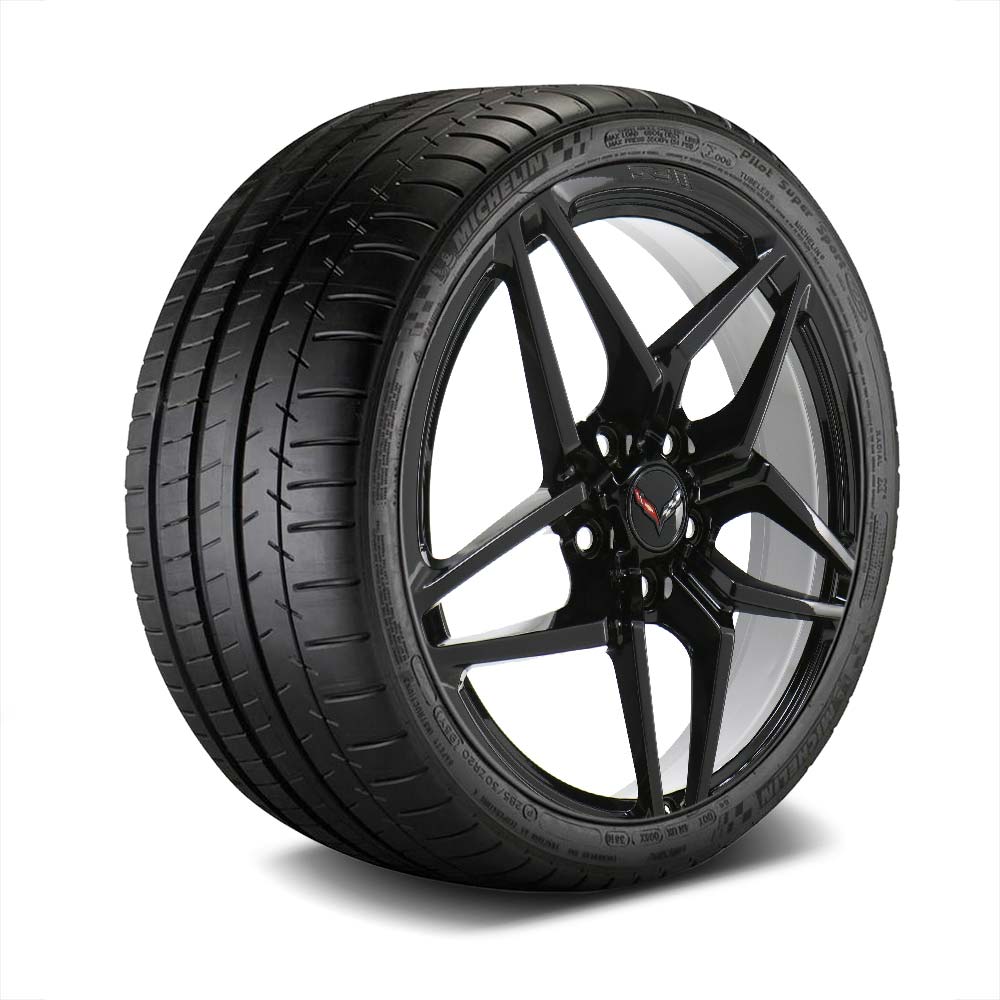

Increased levels of DNA strand breaks for CB were observed only in water, 2% serum and 10% BAL fluid in 0.9% NaCl. For CB, inflammation was dispersion medium dependent. Inflammation was observed for all nanomaterials (except 38-nm TiO2) in all dispersion media. Inflammation was measured as pulmonary influx of neutrophils into bronchoalveolar fluid, and DNA damage as DNA strand breaks in BAL cells by comet assay. The dispersion media were as follows: water (CB, TiO2) 2% serum in water (CB, CNT, TiO2) 0.05% serum albumin in water (CB, CNT, TiO2) 10% bronchoalveolar lavage fluid in 0.9% NaCl (CB), 10% bronchoalveolar lavage (BAL) fluid in water (CB) or 0.1% Tween-80 in water (CB). Rodents were intratracheally instilled with 162 µg/mouse/1620 µg/rat carbon black (CB), 67 µg/mouse titanium dioxide nanoparticles (TiO2) or 54 µg/mouse carbon nanotubes (CNT). We tested whether different intratracheal instillation dispersion media influence the pulmonary toxicity of different nanomaterials. However, for this, materials are dispersed in appropriate media that may influence toxicity. N2 - Intratracheal instillation serves as a model for inhalation exposure. T1 - Influence of dispersion medium on nanomaterial-induced pulmonary inflammation and DNA strand breaks: investigation of carbon black, carbon nanotubes and three titanium dioxide nanoparticles. The influence of dispersion media on nanomaterial toxicity should be considered in the planning of intratracheal investigations. Water seemed to be the best dispersion medium to mimic CB inhalation, exhibiting DNA strand breaks with only limited inflammation. In conclusion, the dispersion medium was a determinant of CB-induced inflammation and genotoxicity. No dispersion medium-dependent effects on genotoxicity were observed for TiO2, whereas CNT in 2% serum induced higher DNA strand break levels than in 0.05% serum albumin.

Temperature stability of the surfactant is another important factor affecting the quality of CNT dispersion.Intratracheal instillation serves as a model for inhalation exposure. TEM analysis of a high-surfactant-concentration sample enables us to construct a plausible mechanism for decrease in CNT dispersion at high surfactant concentration, consistent with the UV-vis observations. Surfactant concentration above or below this ratio is shown to deteriorate the quality of nanotube dispersion. This parameter is shown to affect the nanotube dispersion significantly. An optimum CNT-to-surfactant ratio has been determined for each surfactant. The experimentally observed trend of dispersing power of surfactants is consistent with their chemical structures. TEM results are in agreement with the UV-vis measurements. Dispersion of MWNTs has been characterized with UV-vis spectroscopy and transmission electron microscopy (TEM). Among the four surfactants, Triton X-100 and SDS provide maximum and minimum dispersion, respectively. This account reports a comparative analysis on dispersion of multiwalled carbon nanotubes (MWNTs) with four surfactants-Triton X-100, Tween 20, Tween 80, and sodium dodecyl sulfate (SDS). Dispersion of carbon nanotubes (CNTs) is a challenging task for their utilization in nanoscale device applications.


 0 kommentar(er)
0 kommentar(er)
